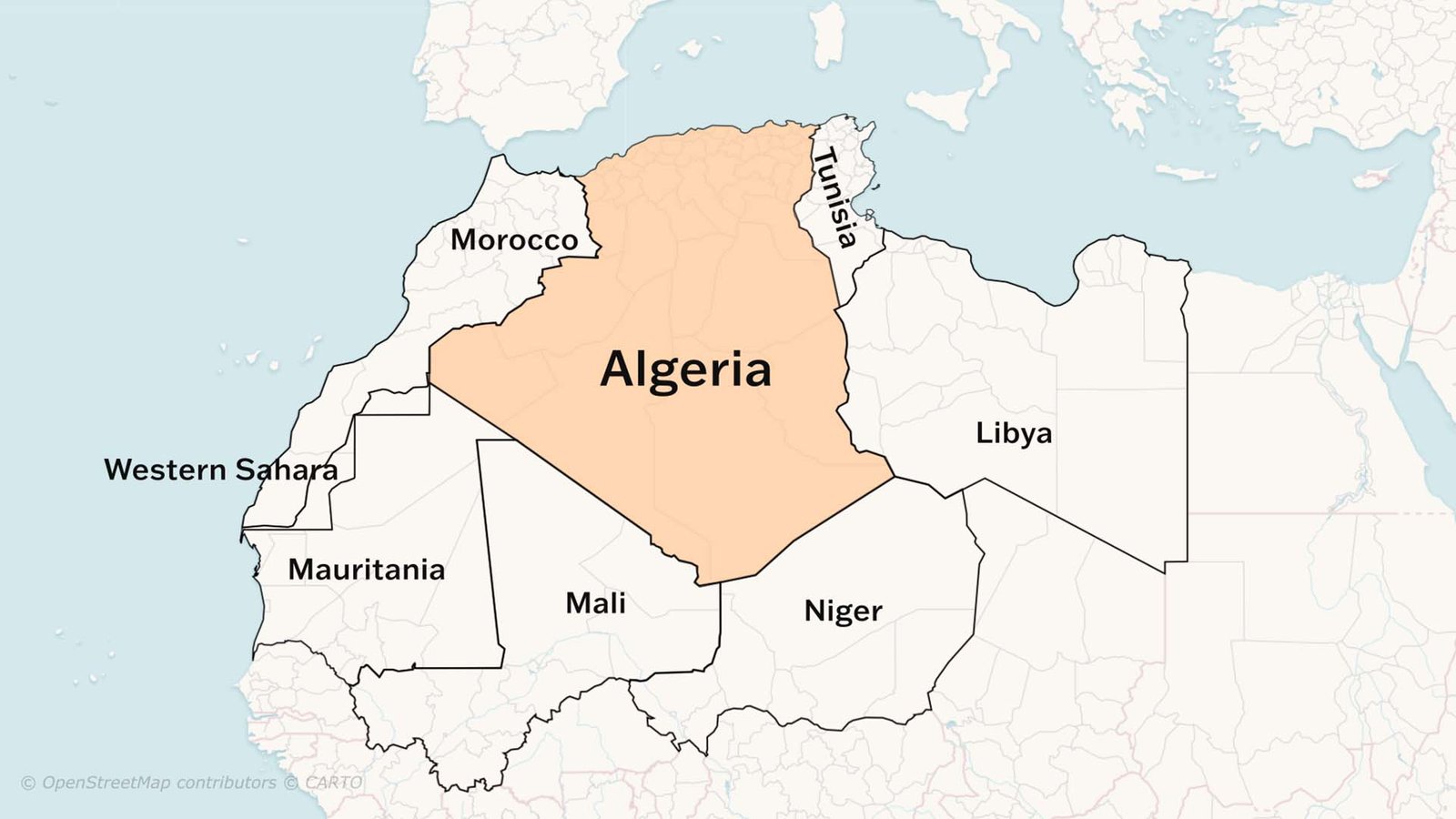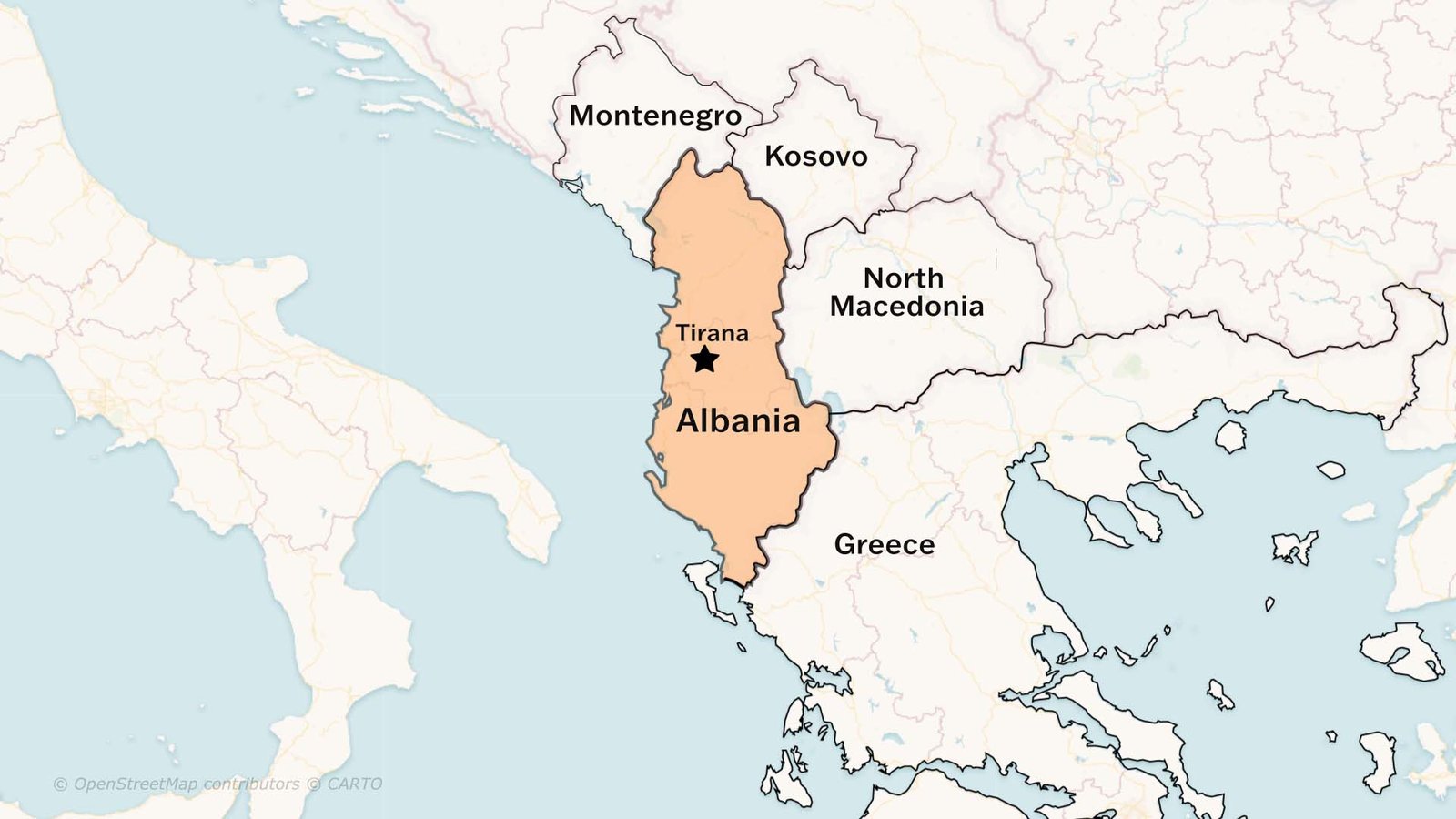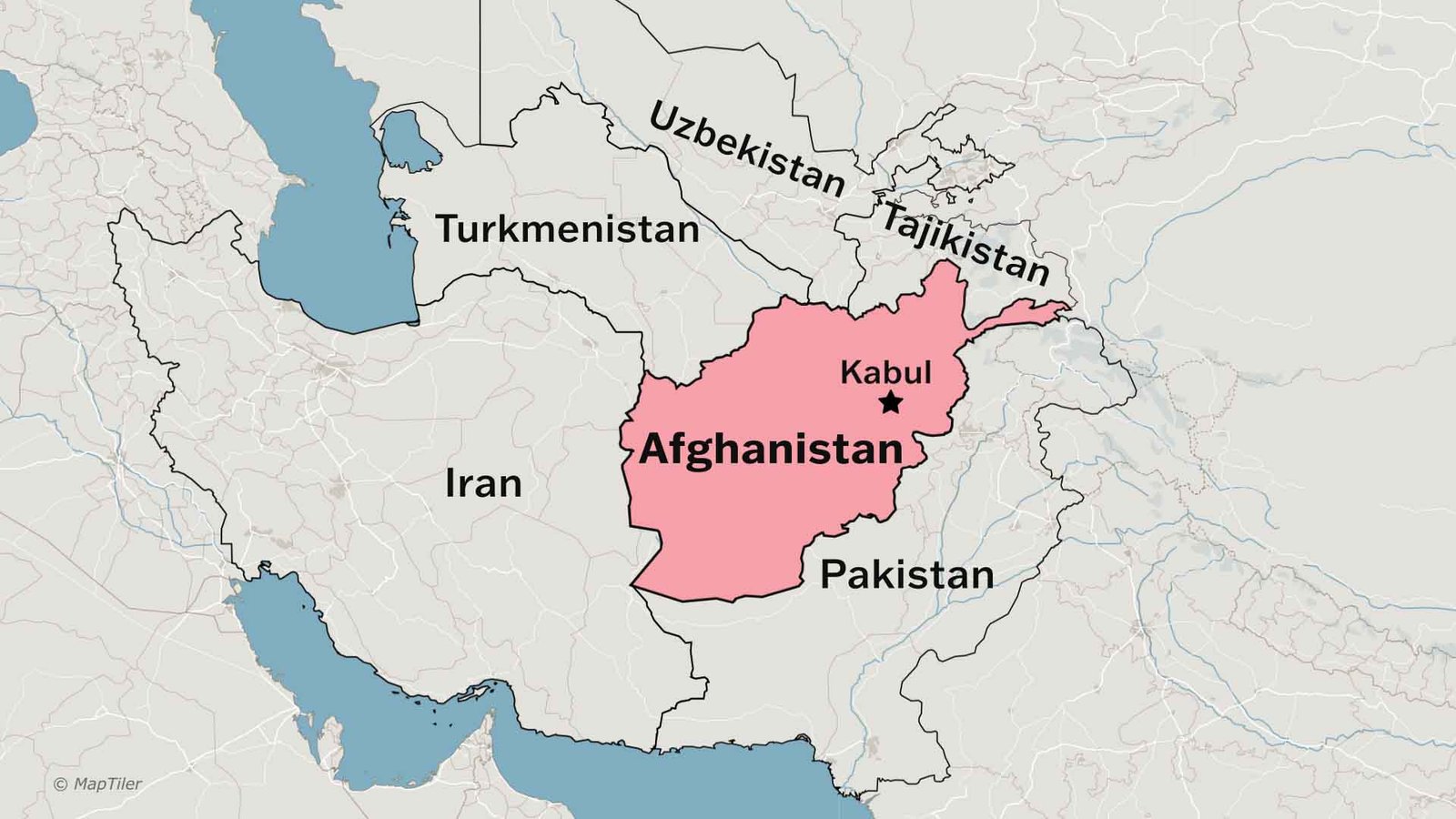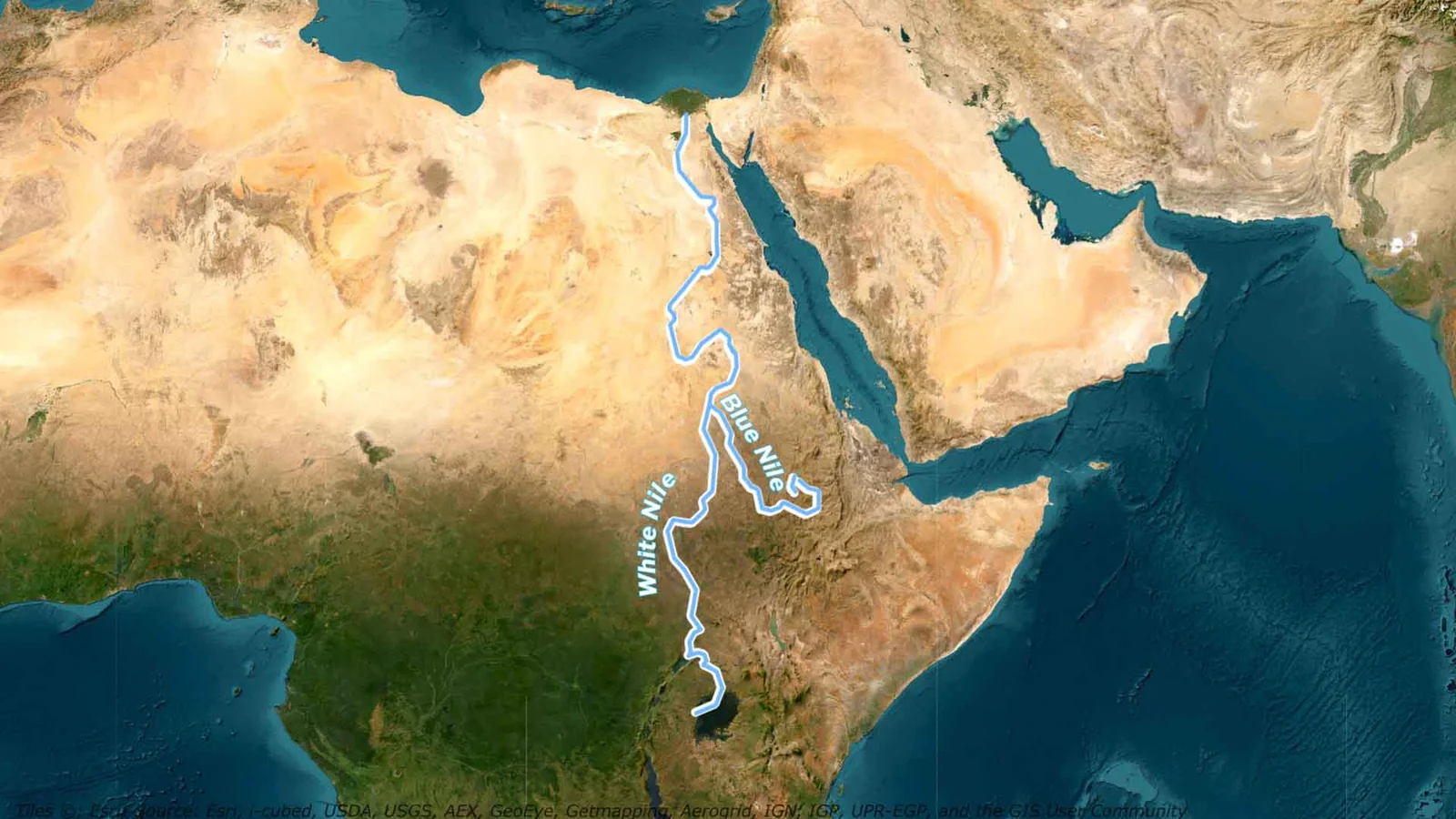Grab the Free Organisms and population Class 12 Notes for quick revision. You can watch the video to understand the topic and take a screenshot or follow along with pen and paper.
Organisms and Populations Explained with Notes
Unity in diversity represents our country. India is colourful, we have deserts, mountain glaciers, hill stations, rivers and forests, beaches and islands. We have diversity in species too. The environment around you is diverse.
In this chapter, we will learn how different organisms adapt and adjust with 1. Other organisms and second environment itself and there ultimate goal is often survival.
At any level of biological environment,t we can ask two types of questions, i.e. how and why.
Now you guys know Bulbul is able to produce beautiful melodies. Now I have two questions
- how a bulbul sings, and
- secondly, why a bulbul sings early in the morning.
The answer will be vocal code in the 1st question and in the second one to communicate.
The point is how type questions seek a mechanism, while why type question seeks a purpose.
How sociology teaches us interaction of various communities , similarly, Ecology is a subject which studies the interactions among organisms and between the organism and its physical (abiotic) environment.
Ecology is basically concerned with four levels of biological organisations – organisms, populations, communities and biomes. In this chapter we explore ecology at organismic and population levels.
ORGANISM AND ITS ENVIRONMENT
Ecology at the organismic level, i.e, the first level itself, is essentially physiological ecology, which tries to understand how different organisms are adapted to their environments in terms of not only survival but also reproduction.
Let’s imagine a class where every kind of student is present, padhaku, multi- talented, sports person but everyone has to pass in order to get promoted to next standard irrespective of iQ, background and interest. Everyone has to survive.
Similarly, every organism has to survive irrespective of variation. This variation can be variation in temperature, rainfall, humidity, salinity etc.
Now, why is there variation in our planet?
The rotation of our planet around the Sun and the tilt of its axis cause annual variations in the temperature, resulting in distinct seasons due to differences in rainfall , temperature and other factors.
It is not like that only the moderate climate of Goa is suitable for life. Life exists in the hot climate of Rajasthan, also it exists in rain-soaked Meghalaya forests and also in deep ocean trenches.
Or if I take the example of our Indian soldiers, the example is very close to our heart. They even serve the nation in minus 16 degrees with no food. So they are also humans and still surviving.
You will be amazed to know that even our intestine is a unique habitat for hundreds of species of microbes.
Over a period of time , through natural selection and evolution, an organism adapts itself for survival and reproduction.
For example is us, our ancestors had tails, but they got rid of them because when they moved away from trees tothe plains, to a more nomadic lifestyle, the functional role of the tail reduced and eventually we got rid of it.
Similarly, giraffes have evolved long necks because successive generations realised that extra vertebrae helped them get access to tender leaves on top of trees.
Some studies also say that the smallest finger,r or pinky finger, will not be in the future. Why? because it is contributing less to our work.
Now let us discuss some of the basic terms which will help you in understanding this chapter
Environment : Environment means our surroundings. like we can say about the environment of our room or hostel. Usually, we say my working environment is not cooperative(ek idhar se tang khinch raha hai to koi udhar se ) . Or in hostel – summers ke time bohot garmi hoti hai and on top of it apka room mate apko kuch ulta sidha pine kominfluence Kare to we can say that the Environment is not conducive for studies.
So Environment means our surroundings that include both biotic (human beings, animals) meaning living and abiotic (sunlight, soil) meaning nonliving.
Ecosystem:
What makes a home, home ? its members, feelings that we exchange, food that we share, sense of belongingness, also material goods such as TV, AC, fridge etc. and daily interaction and all .
Same way ecosystem is sum total of biotic and abiotic components of a particular geographical area . It is a functional unit of nature . Here living organisms interact among themselves and surrounding nature.
They Exchange energies, and recycling of nutrients takes place in the environment.
Habitat:
In your city , your society is your habitat. Place where an organism or population of an organism lives and reproduces. example – for polar bears arctic sea and surrounding glaciers are their habitat.
Many habitat make an environment.
Reproduction is equally important here. Actually the apparent goal of every organism is to fill the available space with its offspring. So habitat is a place where you live and reproduce.
Ecology: branch of biology which studies interaction between organisms, and between organisms and surroundings .
Biosphere: The biosphere is made up of the parts of Earth where life exists. The biosphere extends from the deepest root systems of trees to the dark environment of ocean trenches, to lush rain forests and high mountaintops. Since life exists on the ground, in the air, and in the water, the biosphere overlaps all these spheres
Carrying capacity: Maximum number of organisms of a population that can be sustained by a given habitat for example – how many organisms can resources support if resources are enough for 5 but there are 8 people then it is overloaded .
Ecological niche: role of an organism in an ecosystem where it lives .
Let me give an example: the society in which you are living is your habitat and your particular place in that habitat like your room in your home is your niche . You are a student, so your functional role is you eat, play and study. If you are a policeman, you maintain law and order this is how you contribute and make impact. Now this is for your understanding now let us take more conventional example. Dung Beetle
Dung beetles eat dung, dung is plentiful in almost all biomes. Dung beetle eats that dung and make a ball of it. If feeds on it and female lay their eggs, by doing so they provide nutrition to soil. So this is a functional role of dung beetle in Environment.
Biome:
A biome is a large community of vegetation and wildlife adapted to a specific climate. It is a large area characterised by its vegetation, soil, climate, and wildlife. There are five major types of biomes: aquatic, grassland, forest, desert, and tundra, though some of these biomes can be further divided into more specific categories, such as freshwater, marine, savanna, tropicalrainforest, temperate rainforest, and taiga.
Major Abiotic Factors
Temperature:
Have you ever asked your mumma why she doesn’t put curd in the freezer to get set? The most interesting example is from our daily life only, in freezer organisms will not be able to tolerate less temperature and the result will be less reproduction of organisms and imperfect curd
I hope you got the point, now temperature Variation can be so high that Temperature ranges from sub zero levels in polar areas and high altitudes to 500C in tropical deserts in summer.
There are, however, unique habitats such as thermal springs and deep-sea hydrothermal vents where average temperatures exceed 1000 C.
Some of your friends get angry even at very small things . But some of them are cool and are very flexible and can tolerate any nuisance whereas some are very restricted and particular. They are yours – Euryfriends.
Similar concept applies here,
A few organisms can tolerate and thrive in a wide range of temperatures. They are eurythermals examples including man , goat and cow.
a vast majority of them are restricted to a narrow range of temperatures. They are stenothermals. Examples include reptiles, crustaceans, insects, salmon, penguins, python, crocodile, etc.
Water:
Jal hi Jeevan hai, the famous slogan of Jal Jeevan zmission of a water ministry. Use in every template itself signifies the importance of water.
Its availability is so limited in deserts that only special adaptations make it possible for organisms to live there. The productivity and distribution of plants is also heavily dependent on water.
For aquatic organisms the quality (chemical composition, pH) of water becomes important. The salt concentration (measured as salinity in parts per thousand), is less than 5 in inland waters, 30-35 in the sea and > 100 in some hypersaline lagoons.
Ab kuch to sab kuch sahan kar lete hai and they are called (euryhaline examples-oysters, clams ) har kisi ke bas ki baat to nahi hoti na (stenohaline examples- coral reefs, gold fish).
.
Light:
Light in our life means tubelight and light in plants life is sunlight .
Since plants produce food through photosynthesis, a process which is only possible when sunlight is available as a source of energy, we can quickly understand the importance of light for living organisms, particularly autotrophs. ( autotrophs khudka khana khud banate hai )
Many species of small plants (herbs and shrubs) growing in forests are adapted to photosynthesise optimally under very low light conditions because they are constantly overshadowed by tall, canopied trees.
Many plants are also dependent on sunlight to meet their photoperiodic requirement for flowering.
But, imagine deep in the oceans, even those benthic areas support life, waha kon light bhejta hai???
What, then, is their source of energy? Some feed on dead animal carcasses that sink deep after dying and some feed on chemicals coming out from deep sea vents.
Soil:
Variation can be found in soils too. it is dependent on the climate, the weathering process, whether soil is transported or sedimentary and how soil development occurred.
Various characteristics of the soil such as soil composition, grain size and aggregation determine the percolation and water holding capacity of the soils. These characteristics along with parameters such as pH, mineral composition and topography determine to a large extent the vegetation in any area.
This in turn dictates the type of animals that can be supported. Similarly, in the aquatic environment, the sediment-characteristics often determine the type of benthic animals that can thrive there.
Responses to Abiotic Factors
Over millions of years, species have evolved a relatively constant internal (within the body) environment that allows all biochemical reactions and physiological functions to proceed with maximum efficiency, thereby enhancing the overall fitness of the species.
Homeostasis is any self-regulating process by which an organism maintains internal stability while adjusting to external conditions best suited for its survival.
Regulate:
Organisms maintain homeostasis by keeping a constant body temperature (thermoregulation) and osmotic concentration (osmoregulation). For example, mammals shiver in cold and sweat in heat to regulate their body temperature.
Ever squeezed yourself into a tiny seat on a congested bus? You do that to adjust to your environment, right?
Similarly, even if you’re completely failing in life, you still try to adjust because there’s no other option!
Humans live both in Antarctica and the Sahara—and they thrive because they can regulate body temperature.
In summer, we sweat because the outside temperature is higher than our body temperature. In winter, we shiver to generate heat and raise body temperature.
But that’s our story—what about plants? Have you ever seen a plant shiver? Is it even possible for them to maintain body temperature?
Conform:
About 99% of animals and nearly all plants cannot maintain a constant internal environment. That’s why they haven’t evolved as regulators.
This is like someone who can’t afford an air conditioner—they simply conform to the outside temperature. But for those who are regulators, the body acts like an internal AC.
Thermoregulation is energetically expensive. Small animals like shrews and hummingbirds are conformers because their size means they lose heat quickly and produce less of it.
Smaller animals have a larger surface area relative to their volume, so they lose body heat very quickly in cold weather. To compensate, they must use a lot of energy to generate heat. That’s why you rarely find very small animals in polar regions.
Some species have evolved the ability to regulate—but only within a limited range of environmental conditions. Beyond that, they simply conform.
If neither regulation nor limited adaptation works, organisms are left with two choices:
Migrate:
This means leaving the stressful environment and moving to a more hospitable one, returning when conditions improve.
(Humans do this too—you skip boring classes, don’t you?)
Think of it like someone moving from Delhi to Shimla during summer, or Russians wintering in Goa.
Many animals, especially birds, migrate long distances during winter. The Keoladeo National Park in Bharatpur, Rajasthan, becomes home to thousands of migratory birds from Siberia and other frigid northern regions every winter.
Suspend:
When migration isn’t possible, some animals hibernate—a temporary escape in time. Like bears, which sleep through the winter to conserve energy instead of using it to search for scarce food.
There’s even a reference in mythology—Kumbhakarna from the Ramayana slept for six months every year after feasting heavily. That’s a classic (and exaggerated) example of hibernation.
Hibernation helps creatures like bats and butterflies survive long winters without migrating or foraging.
On the flip side, we have aestivation, a similar strategy for summer. Creatures like earthworms, frogs, snails, salamanders, and crocodiles avoid intense heat by hiding in moist, shady places and slowing down their metabolism. This is also known as summer sleep.
Diapause:
Diapause is a period of suspended development observed in insects, some other invertebrates, and even embryos of some mammals. It occurs during unfavorable environmental conditions.
Adaptations
You have to adjust when you visit your relative’s home, or when guests come to your place—you stay quiet for a while until you get acclimatised. You adapt to the situation.
Same here—
Adaptation is the biological mechanism by which organisms adjust to new or changing environments to ensure survival.
There’s a mind-blowing example: In the absence of an internal source of water, the kangaroo rat in the deserts of North America (and no, it’s not a kangaroo!) is capable of meeting its water requirements through the oxidation of internal fat.
It also has the ability to concentrate its urine to such an extent that only a minimal amount of water is used to remove excretory waste. Amazing, right?
Physiological Adaptation:
This allows organisms to respond quickly to stressful situations. Ever wondered why you experience altitude sickness when visiting high altitudes? Symptoms include nausea, fatigue, and heart palpitations.
This happens because your body isn’t getting enough oxygen. To compensate for the low oxygen levels, your body increases red blood cell production, decreases the binding affinity of haemoglobin, and increases your breathing rate.
Some native tribes living in the Himalayas have naturally higher red blood cell counts—they’ve adapted to thrive in that low-oxygen environment.
Behavioural Adaptation:
This involves a change in behavior to cope with environmental stress. Examples include bears hibernating during winter and birds migrating to warmer regions—classic cases of behavioral adaptation.
Biochemical Adaptation:
UV rays are harmful to humans. Here, melanin acts as a protective biological shield against ultraviolet radiation. It prevents sunburn damage, which could otherwise lead to DNA changes and, eventually, several forms of skin cancer.
This is an example of biochemical adaptation—involving changes to the structure, function, regulation, and integration of biological molecules and metabolic processes.
Morphological Adaptation:
This is a structural change that increases an organism’s chances of survival in its habitat.
For instance, Fennec foxes live in hot deserts and have large ears, which help radiate heat and cool their bodies. In contrast, animals like the polar bear have small ears—a structural feature that helps retain body heat in freezing conditions.
Populations
In nature, we rarely find isolated individuals of any species. Most organisms exist in groups, occupying a defined geographical area, sharing resources, and interbreeding. This interbreeding population forms a species population, and in ecology, the ultimate goal of every organism is to fill the available space with its offspring.
Some classic examples include:
-
All rats in an abandoned building
-
Teakwood trees in a forest patch
-
Bacteria in a petri dish
-
Lotus plants in a pond
-
All humans residing within the boundaries of India
Why Study Population Ecology?
Population ecology is a critical field because it connects ecology with population genetics and evolution. Studying populations helps us understand how species grow, interact, and evolve in response to environmental pressures.
Key Attributes of Population
1. Sex Ratio
The sex ratio refers to the number of males per 1,000 females in a population.
According to the recent Economic Survey, India now has a sex ratio of 1020 females per 1000 males, indicating a shift in demographic balance.
2. Age Pyramid
Not all individuals in a population are of the same age. A population generally has:
-
Young individuals (pre-reproductive)
-
Adults (reproductive)
-
Elderly (post-reproductive)
When we plot the age distribution of a population, it forms an age pyramid. The shape of this pyramid can tell us about the population’s growth status:
-
Triangular shape → Growing population
-
Bell-shaped → Stable population
-
Urn-shaped → Declining population
📌 For example, India has a young population, while countries like the USA and China are aging.
3. Population Density
Population density refers to the number of individuals of a species in a given area.
For example:
-
Bihar has high population density,
-
Sikkim has low density.
Population density changes due to four basic processes:
| Process | Effect on Population |
|---|---|
| Natality (births) | Increases population |
| Immigration (entry) | Increases population |
| Mortality (deaths) | Decreases population |
| Emigration (exit) | Decreases population |
🧮 Net population increase = (Births + Immigration) – (Deaths + Emigration)
Usually, birth and death rates are the most significant factors influencing population change.
Population Growth Models
1. Exponential Growth
When resources are unlimited, the population grows exponentially. This kind of growth results in a J-shaped curve.
But in reality, this is rare. Resources are limited, and organisms eventually begin to compete. Only the fittest survive and reproduce.
2. Logistic Growth
In natural habitats with limited resources, the population shows:
-
A lag phase
-
Acceleration
-
Deceleration
-
Then a steady state as it reaches the carrying capacity of the environment
This creates an S-shaped or sigmoid curve, representing logistic growth.
✅ Quick Recap:
| Attribute | Meaning |
|---|---|
| Sex Ratio | Males per 1000 females |
| Age Pyramid | Age distribution & growth trend |
| Population Density | Number of individuals in a defined area |
| Natality | Birth rate |
| Mortality | Death rate |
| Immigration | Entry of individuals |
| Emigration | Exit of individuals |
| Exponential Growth | Unlimited growth (ideal) |
| Logistic Growth | Realistic growth with resource limitation |
Life history variation
Why do Populations evolve??? to maximise their reproductive fitness, also called Darwinian fitness.
Some organisms breed once in a while, others breed many times. Some produce a large number of small-sized offspring while others produce a small number of large-sized offspring.
Now which is desirable?
Which is going to maximize fitness?
Ecologists suggest that life history traits of organisms have evolved in relation to the constraints imposed by the abiotic and biotic components of the habitat in which they live.
Population interactions
Is there any habitat on Earth inhabited by just a single species?
The minimum requirement is at least one more species it can feed on.
Even a plant cannot survive alone, despite the fact that it makes its own food.
A plant needs soil microbes to break down organic matter and return inorganic nutrients for absorption. And how will the plant manage pollination without an animal agent?
So, it is not possible for any species to live in isolation. It’s like “Sabka Saath, Sabka Vikas” 😄
Interspecific Interactions
These arise when populations of two different species interact. The interactions may be beneficial, harmful, or neutral.
-
Mutualism – Both species benefit (dono ka fayda).
-
Competition – Both species are harmed (dono ka nuksan).
-
Parasitism & Predation – One benefits, the other is harmed.
-
Commensalism – One benefits, the other is unaffected (dusre ko kuch farak nahi padta).
-
Amensalism – One is harmed, the other is unaffected (one-sided love, you can say 😬).
Predation
Predation benefits the predator, while harming the prey (ek ka fayda, ek ka nuksan).
Examples include:
-
A lion eating a deer
-
A sparrow eating a seed
-
Insectivorous plants like pitcher plants
Predators play a crucial role. They control prey populations. Without them, prey species might grow uncontrollably and cause ecosystem instability.
A classic example:
In the early 1920s, the prickly pear cactus introduced in Australia spread like wildfire. Only after introducing a cactus-eating moth from its natural habitat was the invasion controlled.
But what if predators become too efficient and eliminate all prey?
Well, predators in nature are usually prudent rather than efficient. Otherwise, they’d run out of food.
Some prey species like insects and frogs use camouflage, some are poisonous, and others like the Monarch butterfly taste bad to birds due to a special chemical acquired in the caterpillar stage by eating a poisonous weed.
Competition
Competition happens when species compete for the same resource. Even unrelated species can compete, like flamingoes and fish in South American lakes competing for zooplankton.
Also, competition doesn’t always need scarce resources.
In interference competition, one species lowers the efficiency of the other, just by being annoying. 😅
(Remember how your efficiency drops when someone irritates you?)
Example: The Abingdon tortoise in the Galápagos Islands went extinct after goats were introduced. Goats were simply more efficient at browsing.
A species may be restricted geographically due to a stronger competitor but may expand rapidly if the rival is removed.
(Bada bhai bahar chala jaata hai, to chota bhai dadagiri karta hai 😄)
Gause’s Competitive Exclusion Principle says:
Two closely related species competing for the same resources cannot coexist forever. One will eventually be eliminated.
But nature has a workaround – Resource Partitioning.
Species divide time, space, or methods of accessing a resource.
Example: MacArthur’s study of five warbler species living on the same tree but foraging differently.
Parasitism
You must’ve heard: “Jis thaali mein khate ho, usi mein chhed karte ho…” Perfect for this!
A parasite lives on or inside the host, harming it. Both tend to co-evolve.
If the host evolves to resist, the parasite must counter-adapt to survive.
Examples:
-
Helminths (worms) in intestines
-
Lice on human scalps
-
Plasmodium in malaria, spread by Anopheles mosquito
Ectoparasites (live outside): Lice, ticks
Endoparasites (live inside): Worms in liver, kidney, etc.
Endoparasites have complex life cycles and are often highly specialized.
Commensalism
One species benefits; the other is unaffected.
Examples:
-
Orchids on mango trees
-
Barnacles on whales
-
Clownfish living among sea anemone tentacles for protection, without affecting the anemone
Mutualism
This is my personal favourite – best deal where both benefit.
Examples:
-
Lichens: mutualism between fungi and algae
-
Plant-pollinator relationships: plants give nectar/fruits, and animals help with pollination/seed dispersal
But beware – cheaters exist. Some animals steal nectar without helping in pollination.
Footnotes:
Sexual Deceit – Flowers mimic female insects to attract males for pollination.
Example: Some orchids have petals resembling female insects.
CAM (Crassulacean Acid Metabolism)
Adaptation in plants from arid regions. They photosynthesise during the day but exchange gases only at night, to conserve water.
Phenotypic Adaptation
These are changes in body structure or function in response to the environment.
They happen through genetic mutation or environmental triggers to help organisms survive in their natural habitat.
Read more: Physical Geography of USA







